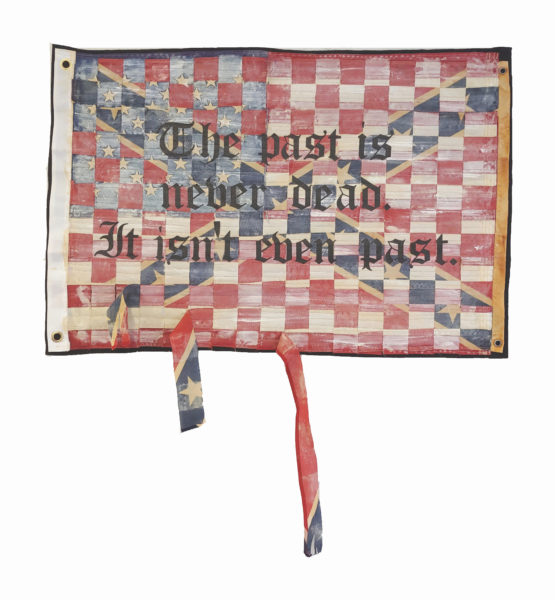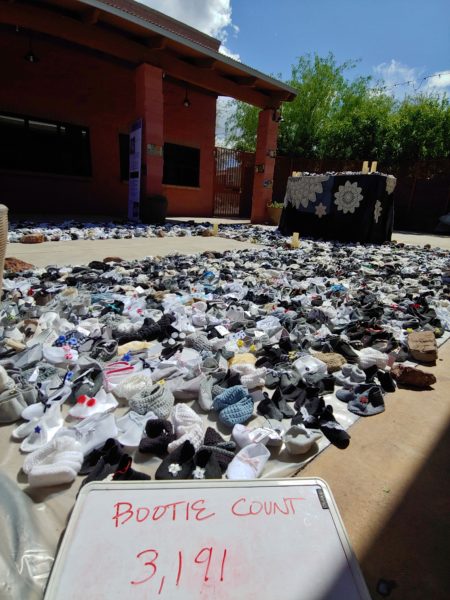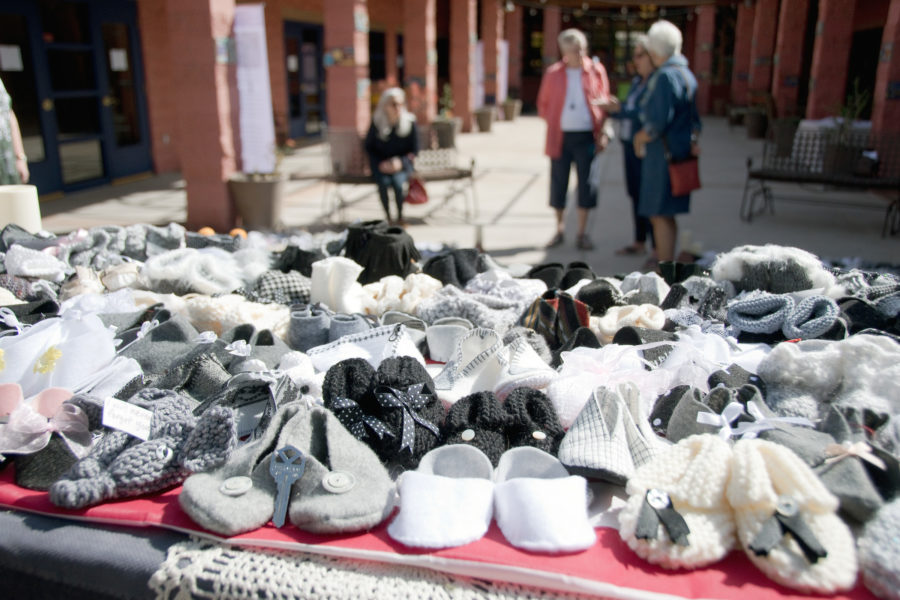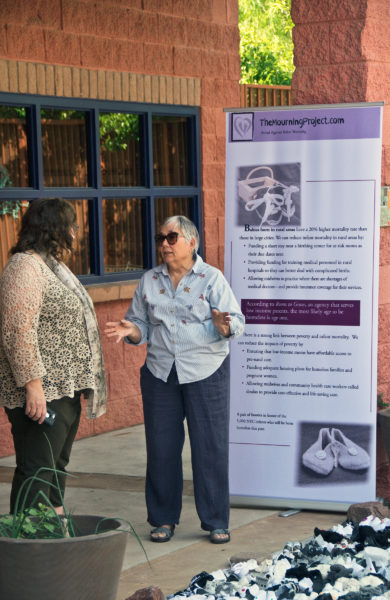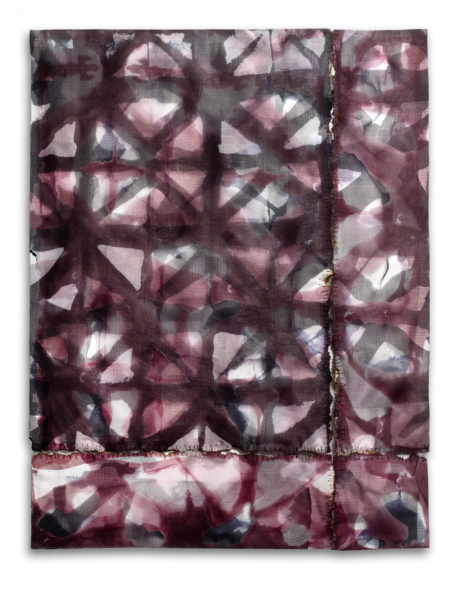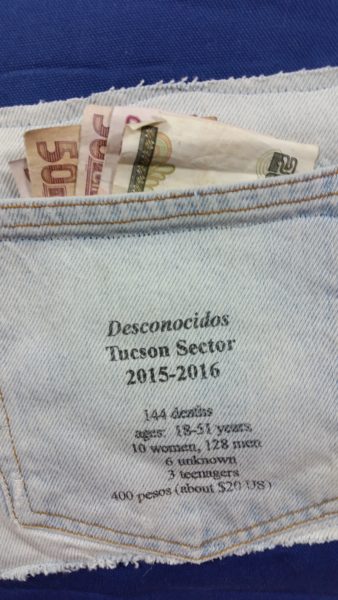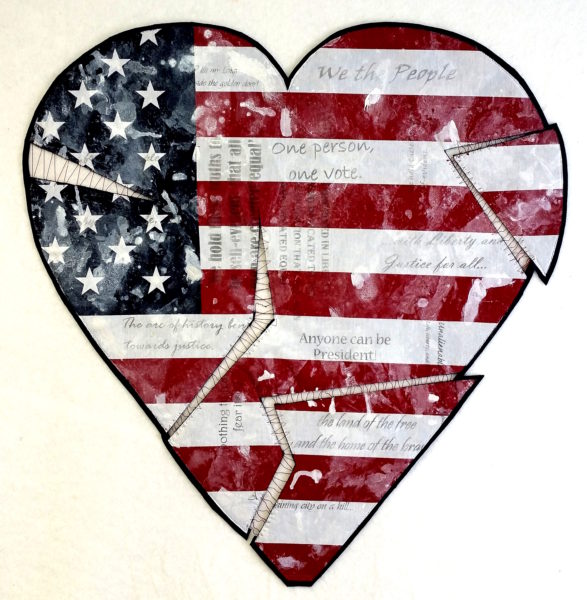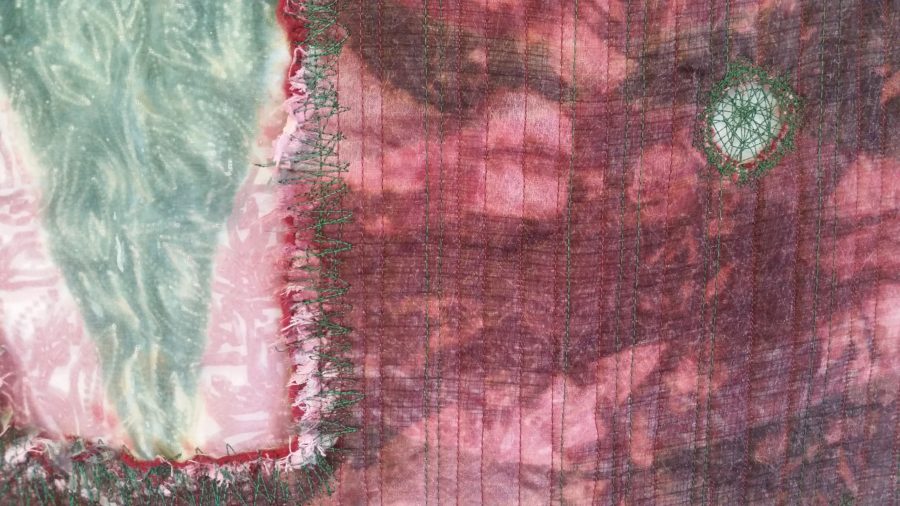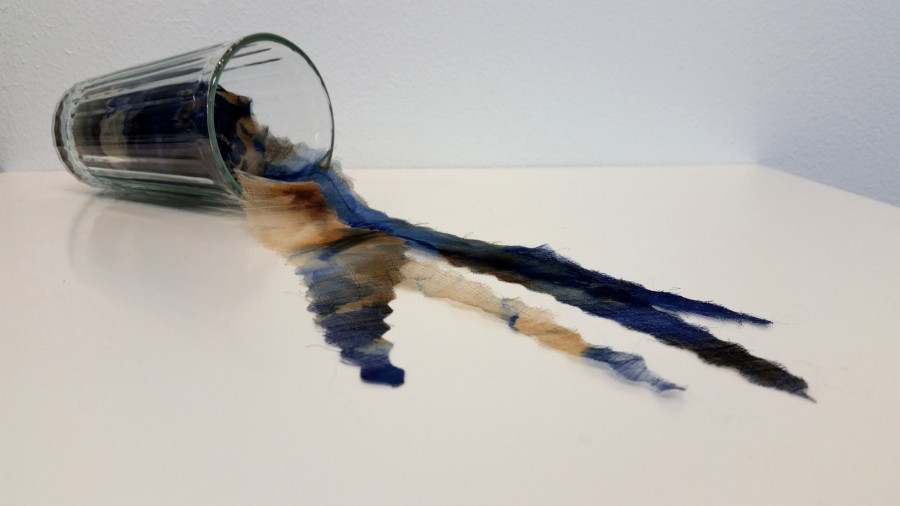

I am ending 2023 with the first piece in a new series, “Where do we go from here?”. I feel I am at a crossroads (and our country is, too). I’m wrapping up a huge multi-year project (have you heard of it?)… supporting loved ones with serious medical issues… grieving my parents and the sense of mortality that comes with that loss.
No, I don’t have 2 actual boyfriends. The first class I took with Jane Dunnewold was about applying color, line, and shapes to plain fabric. She warned us that some of us would come to her with our ‘boyfriends’–fabrics we had created and loved so much that we wouldn’t want to change them. I have been hanging on to these boyfriends for years, wondering what in the heck to do with them. Here I have appliquéd a sheer silk organza boyfriend onto a Fuji silk broadcloth that was dyed using a Katano shibori method. Hand stitched with single strand embroidery thread (this was really tough on my hands and I won’t be able to handwork an overall design again any time soon).
I kinda like the new guy. What do you think?
You can see the work at Agua Caliente Park in Tucson. Show details below. I am looking forward to a productive and art-filled 2024 with some new friends and exciting challenges. What is on your calendar?






